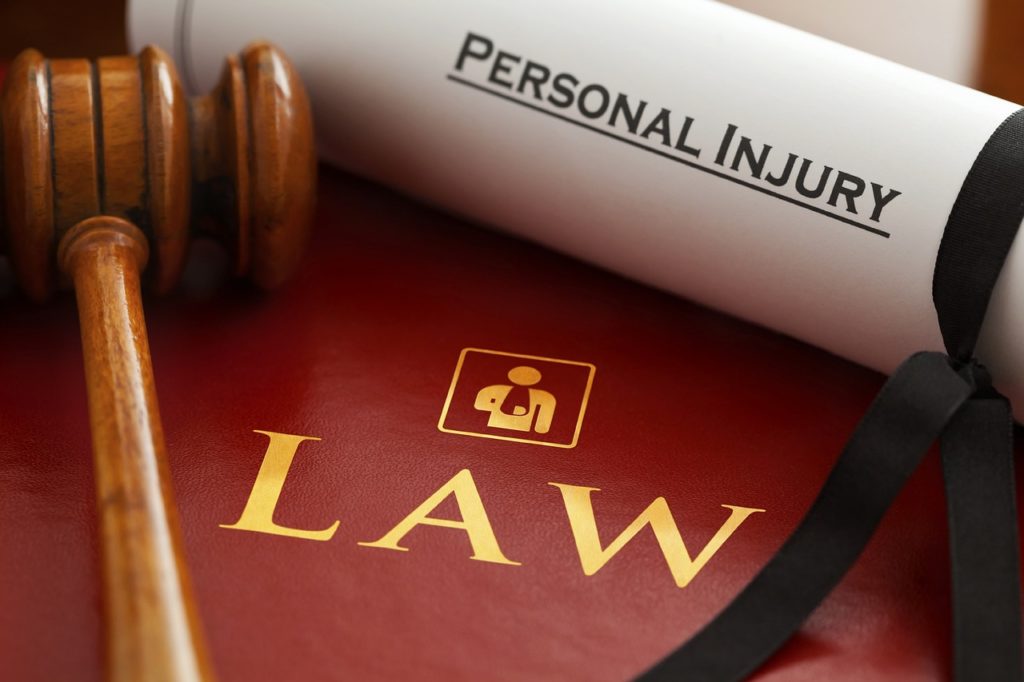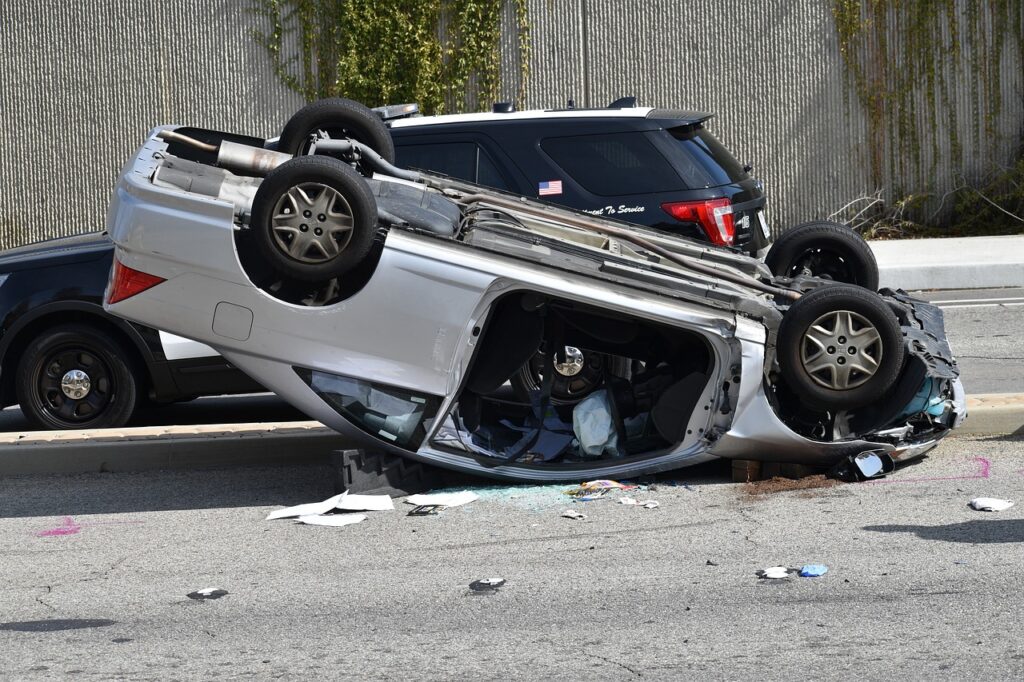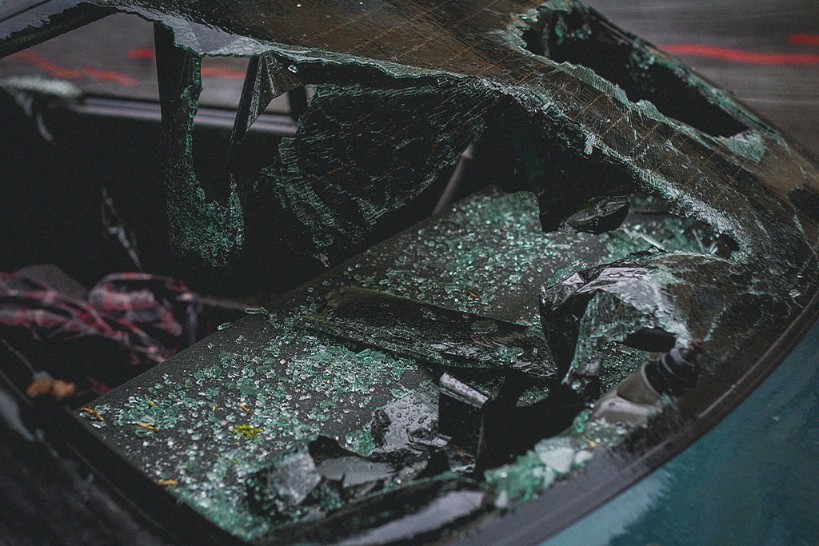Pool Accidents & Drownings: When a Day in the Sun Turns into a Legal Nightmare

Poolside vibes? Love them.Slippery tiles, faulty drains, or unsupervised kids? Not so much. Florida pools are a staple of summer—but they’re also the site of thousands of preventable injuries each year. When someone drops the ball on safety, the consequences can be devastating… and often, legally actionable. If your pool day turned into an emergency, […]
5 Common Mistakes People Make After a Personal Injury (And How to Avoid Them)

Suffering an injury is stressful enough—medical visits, missed work, and physical pain can turn your life upside down. But what many people don’t realize is that how you respond in the aftermath of an injury can make or break your personal injury claim. Here are five common mistakes injury victims make—and how you can avoid […]
What Counts as Emotional Distress in a Personal Injury Case?

Physical injuries aren’t the only type of harm after an accident. Emotional distress is real—and legally recognized. What Is Emotional Distress? When Is It Considered in Court?You need to show: Proving It: Compensation May Cover: Why You Need Legal HelpDarfoor Law gathers the right evidence, proves emotional harm, and fights for compensation beyond just physical […]
Premises Liability: Navigating Property Owner Responsibilities in Florida

Premises liability is a fundamental aspect of personal injury law that holds property owners responsible for maintaining safe conditions on their premises. In Florida, recent legal developments have impacted both property owners and visitors, making it essential to understand these nuances for protecting rights and ensuring fair compensation in case of injury. Duty of Care […]
Online Safety and Liability: Navigating the Digital Frontier in Personal Injury Law

The digital landscape has revolutionized communication, interaction, and business operations, bringing new challenges to personal injury law, especially concerning online safety and liability. Florida’s Online Protection for Minors Act (HB 3), effective January 1, 2025, represents a pivotal shift in addressing these issues. Understanding the New Legal Landscape HB 3 imposes strict regulations on social […]
Early Fall Brings Cooler Weather and Unique Road Hazards: How to Stay Safe

As the early days of Fall settle in, we welcome the cool breeze, scenic foliage, and longer nights. However, with the beauty of Fall comes a range of unique road hazards that drivers and pedestrians alike must navigate.
Beyond Vehicle Damage: Maximizing Your Compensation After a Car Accident

The aftermath can be overwhelming, especially when dealing with vehicle repairs, medical expenses, and insurance claims.
Navigating Car Accidents in Florida: What You Need to Know

Accidents happen, and car accidents can be particularly stressful and overwhelming. If you’ve been involved in a car accident in
What to Do After a Car Accident: A Step-by-Step Guide

Car accidents are sudden and stressful events that can leave you feeling shaken and unsure of what to do next.
The Dangers of Texting While Driving: Why It’s Not Worth the Risk

n today’s fast-paced world, staying connected is more important than ever. However, this need for constant communication has led to a dangerous habit: texting while driving.

